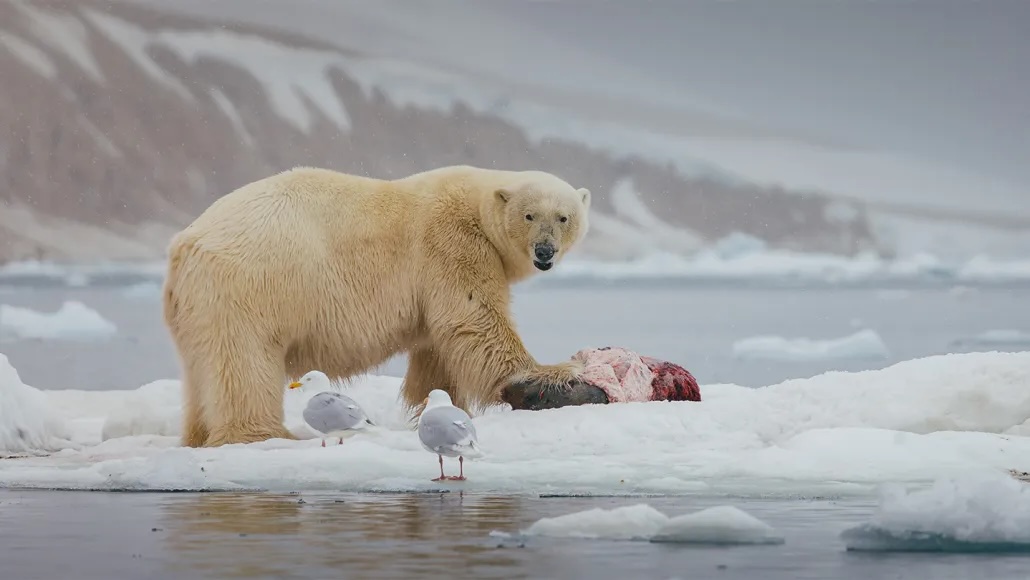
Animals
Polar bears leave thousands of tons of food scraps for other species
The new finding quantifies how much of polar bears' food goes uneaten. As these bears decline, Arctic scavengers risk losing a critical food source.
Come explore with us!

The new finding quantifies how much of polar bears' food goes uneaten. As these bears decline, Arctic scavengers risk losing a critical food source.

New data point to how heat waves and other climate change will make it harder to curb ozone and other types of toxic air pollution — even outside of cities.
These small airborne particles may offset one-third of human-caused climate warming. But the cooling influence of aerosols is fading.

Typically, weather enters an area, storms through, then leaves. Here's what happens when steamy summer air gets stalled.

Agriculture contributes to climate change. But changes to how farms manage soil might help remove carbon and other greenhouse gases from the air.

Bold engineering projects might stabilize Thwaites Glacier and slow sea level rise. But no one knows if they will work — or have serious side effects.

Thanks to climate change, thawing permafrost in the Canadian Arctic has revealed this glacier remnant that could be more than a million years old.

For the first year in recorded history, Earth’s average temperature topped 1.5 degrees Celsius above preindustrial levels.

A hulking marine cyanobacterium, Chonkus has traits that appears to make it especially good for storing away carbon on the ocean floor.

The organisms that make winter homes in this subnivium help forests thrive year-round. But climate change is making this ecosystem disappear.